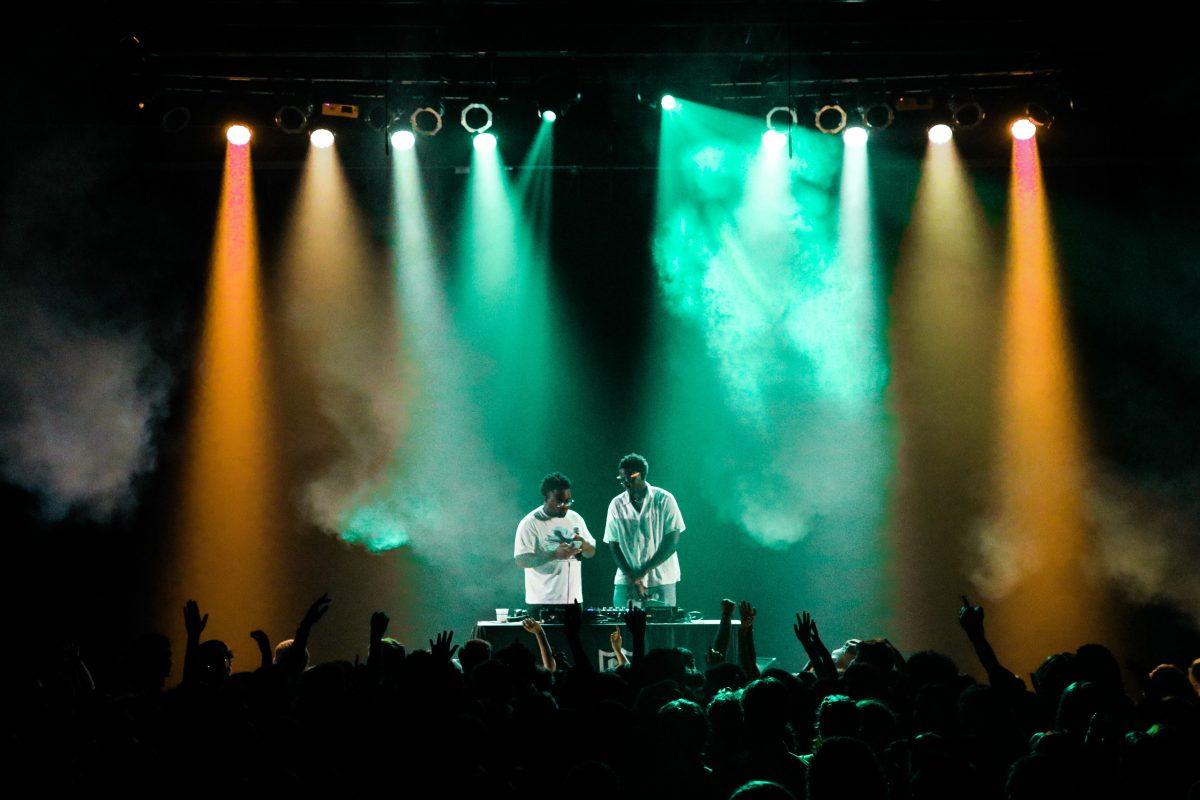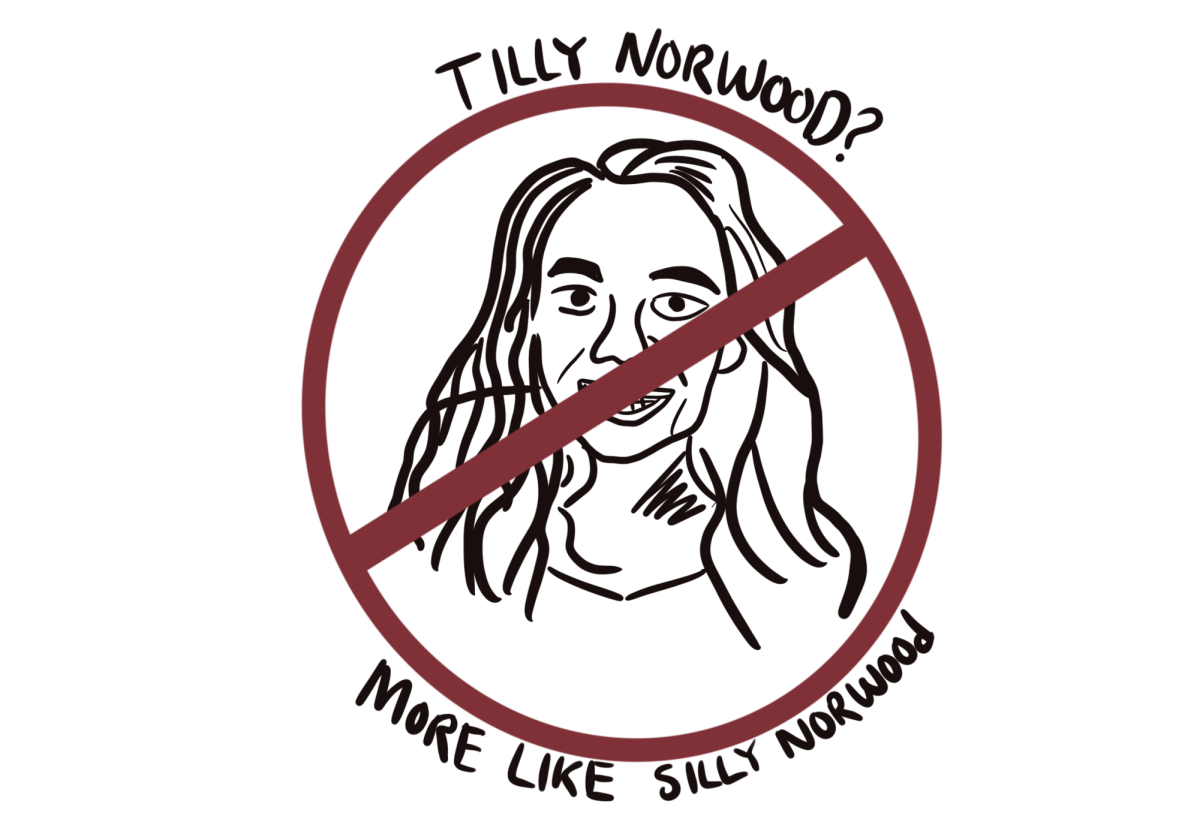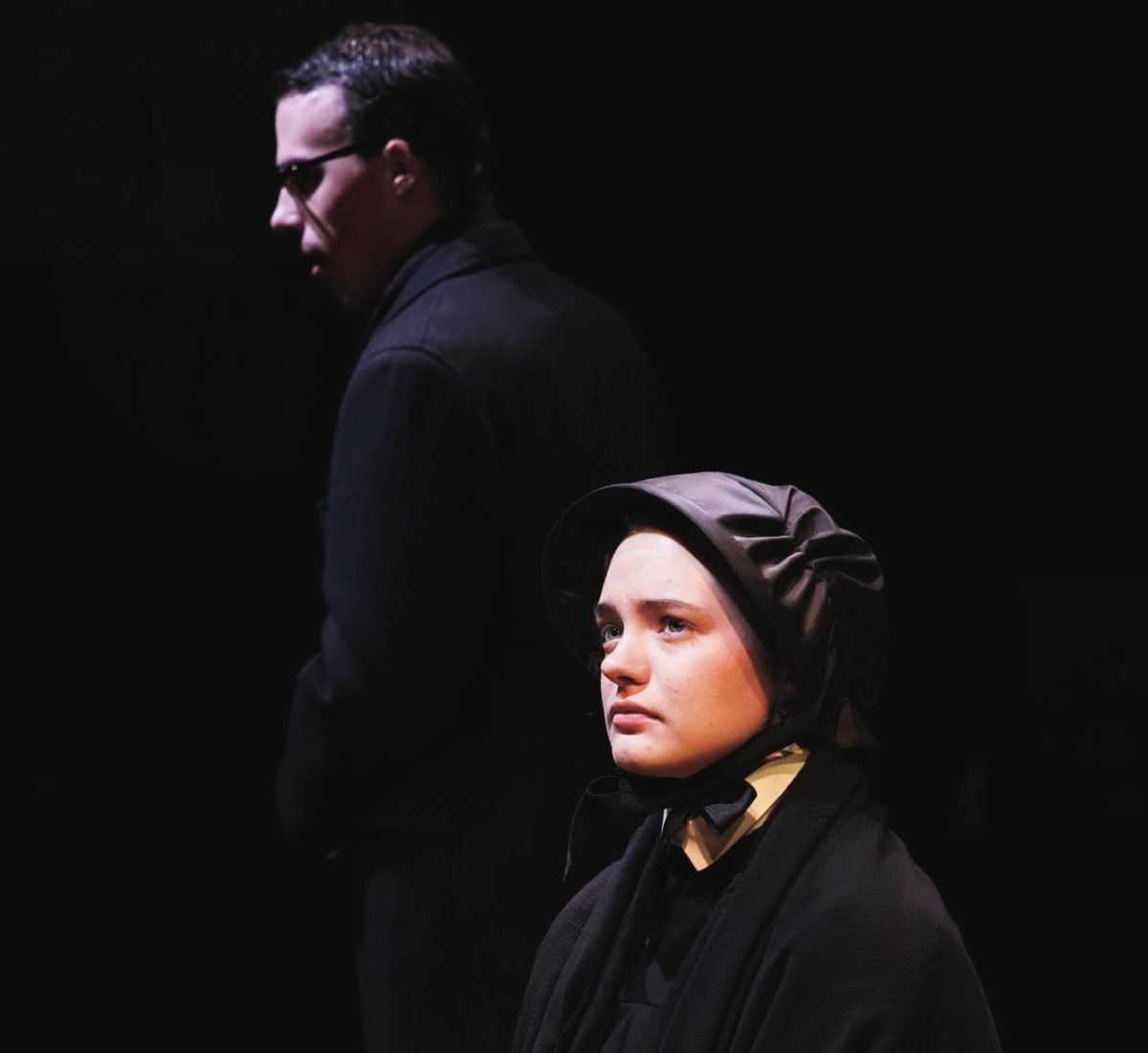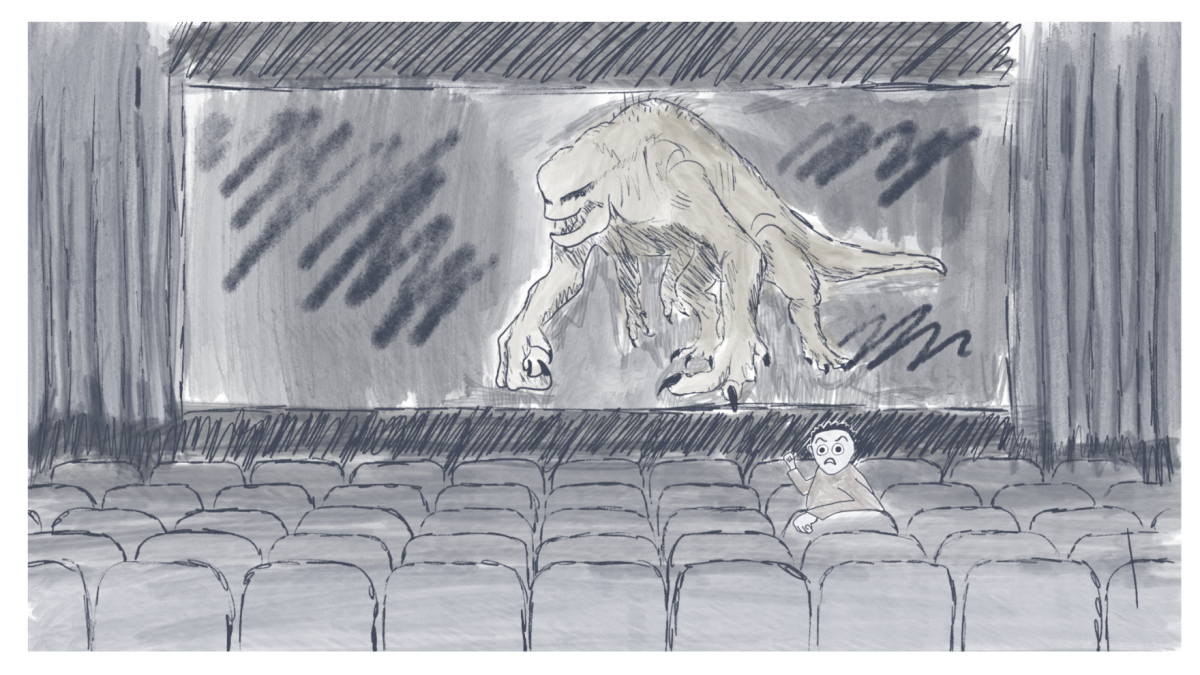Photo: Brent Sykes ’24 and Zizi Nshakira ’24 DJing at the Pause Dance on Sept. 16.
Photo courtesy of Brandon Cash ’16.
If you’re anything like me, you enjoy the simple things in life such as music and places to exist. With a new semester starting, I find one of these places for many students is the Lion’s Pause. Essentially St. Olaf’s student-run nightclub — with the best Chicken Bacon Ranch Pizza on the planet — the Lion’s Pause is home to many events, such as live music, bingo, karaoke, and the infamous Pause Dance. Pause Dances take form in many names, such as “Pause Dance,” “Dance in The Pause,” and “A Pause Dance,” but the principle is always the same. Dancing with your friends in a sweaty crowd for hours on end? Who wouldn’t want that? But how have recent dances lived up to student expectations?
Looking at the most recent Pause Dance, “City Nights: A Pause Dance,” there has been much speculation around the music that was being played that night. On Sept. 11, applications to be a DJ for the Pause Dance opened. If the opportunity to be a DJ was open to all students, what was the problem with the music? Turning to students on this topic, the consensus was that the music being played was not diverse enough. “DJs should be more considerate of diversity,” Pause DJ Ziza Nshakira ’24 said. “Go from house music to popular dancing music and back around again.”
When it came to student attendance, it was speculated that much of the student presence was first-years. “It started off with a lot of freshmen,” Pause Dance DJ Brent Sykes ’24 said. “Why is this? Has the hype died for upper-class students?”
“There has been more participation in the past, [but] it should be opened up to more people, there should be a bigger time limit for tickets, and there should be more promotion, more in-person interaction,” Geo Pena ’24 said.
The problem seems to have improved as the night went on, but a possible issue with how Pause Dances function may still stand.
“There should be better promotion and better themes … impactful themes. Ambiance, competitions, photo booths,” Sykes said. “The school should be responsible for making people want to come, the students shouldn’t be responsible for wanting to come.”
Another thing to address from this Pause Dance compared to the past has been safety. Pause Dances have been working on their security since their inception. Last year dances were paused every 15 minutes to prevent safety concerns, but that is now a thing of the past. “I felt safe, it was really bright,” Tobias Goodman ’26 said. This dance has certainly improved standards from previous generations of the Pause Dance. “The security was just right. They were friendly [and] were easy to talk to,” Pena said. “They’re not stopping in the middle of the dance anymore.”
So if Pause Dances want to be the Department of Homeland Security, the Concert Board is my Supreme Court, always protecting my constitutional right to life, liberty, and the pursuit of happiness. And, doing it with live music.






